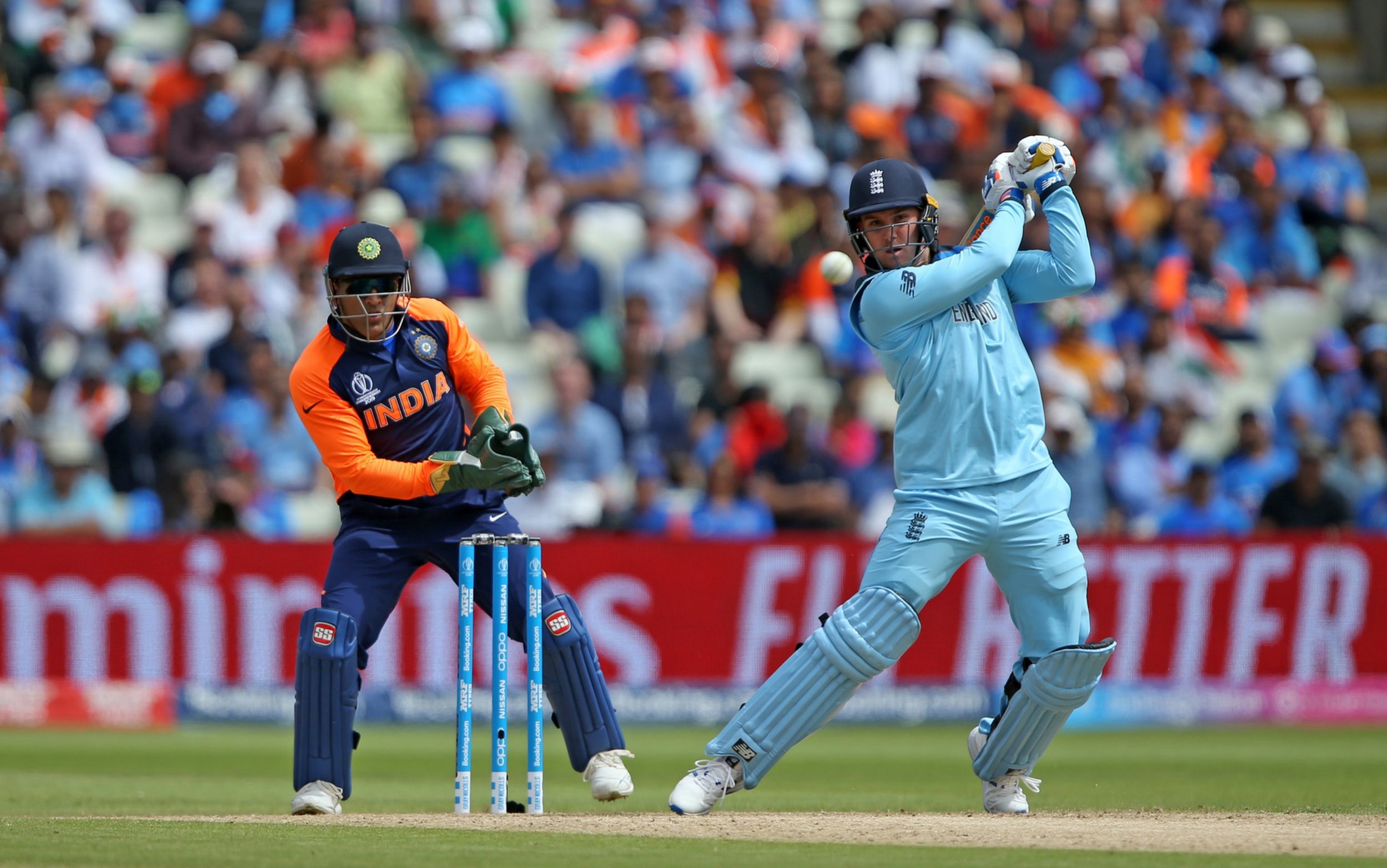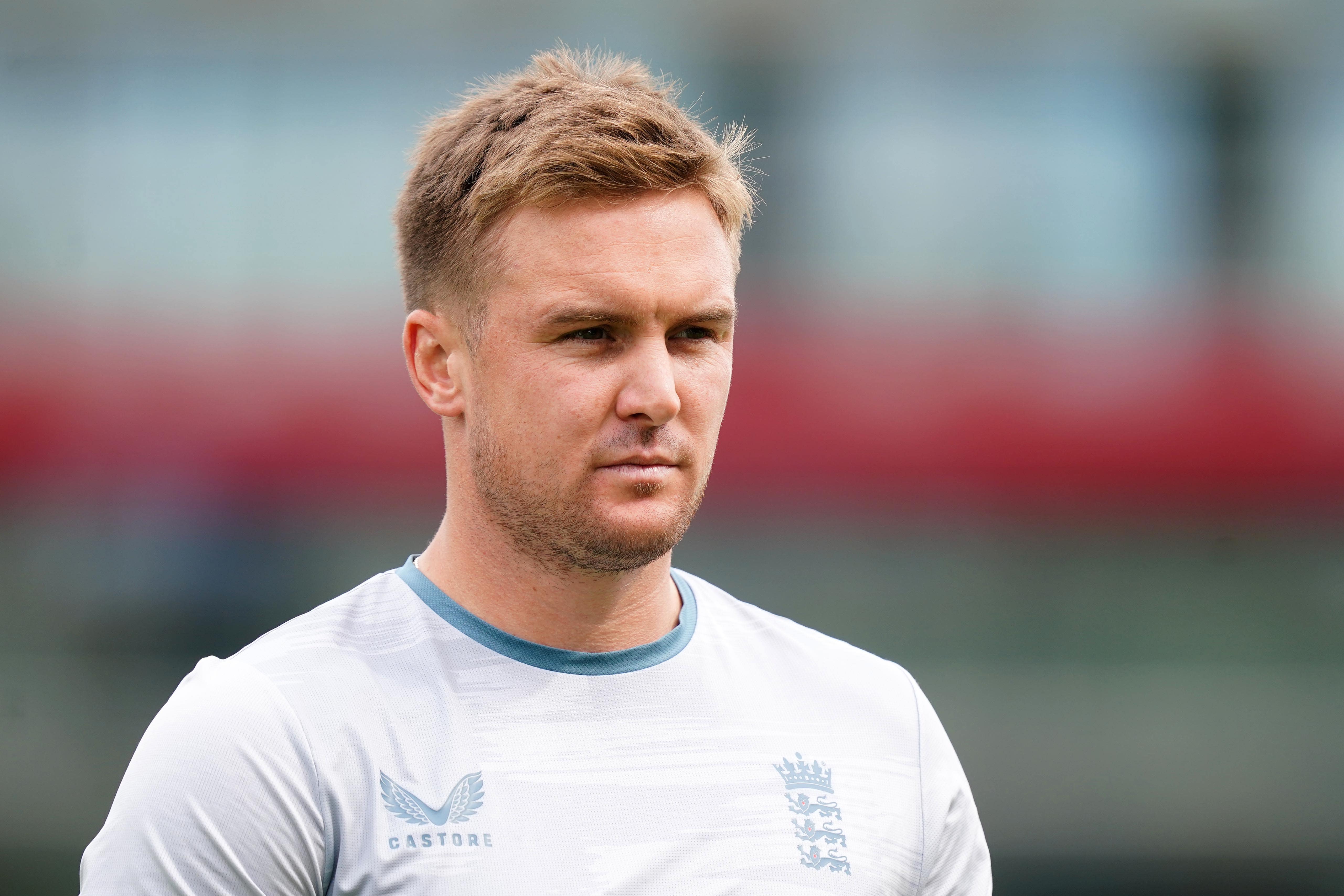In 2010, the England and Wales Cricket Board pruned their domestic List A calendar featuring two competitions – one 50 overs-a-side, one 40 overs-a-side – down to a single 40-over tournament for commercial purposes. The fan-oriented decision prompted concern in some quarters, with the then England regular Paul Collingwood highlighting that ‘‘Ideally, you want County cricket to mirror international cricket. If you’re not playing the 50-over game domestically, it’s a bit of a hindrance.’’
The apprehension regarding a smooth transition under the umbrella of player development was justified, but four years of playing only 40-over cricket had an inadvertent, significant effect on the crop of players born in the late 1980s and early 1990s. In each year where the 40-over league was staged concurrently with a 50-over championship, the 40-over scoring rate was much higher, along expected lines. Yet when the format returned to being 50 overs in 2014, the superior run rates remained and batting averages went up, as per Hitting Against The Spin.
Batters expressed themselves in the 40-over competition and their newfangled sprightliness rubbed off on the 50-over format. The ECB had, by chance than design, engineered a cohort of batters who played the assertive brand of cricket that was fast becoming a hallmark of ODIs in the lead-up to the 2015 World Cup. Jason Roy was one of them. An audacious opener who struck the ball as clean as a whistle.
As the forward-thinking, compatible pair of Eoin Morgan and Andrew Strauss set about turning around England’s white-ball fortunes after the dud of a campaign in the 2015 World Cup, Roy found himself in the right place at the right time. The average first-innings score by the top ten nations was 235 at the 2011 World Cup, however, the rule changes implemented by ICC in 2013 – using two new balls per innings, reducing the number of fielders outside the ring from five to four in the non-Powerplay overs and mandating that the Batting PowerPlay will occur in overs 36 to 40 – among other factors like meatier willows and the amelioration of range-hitting biomechanics due to the prominence of T20 cricket pushed the figure to 268 at the 2015 World Cup.
At the marquee event where champions Australia scored at 6.82 runs per over, England lumbered in comparison at 5.48. Across the tournament, only Scotland and the UAE hit fewer sixes than England’s 18; Chris Gayle clouted 26 on his own. The first half of 2015 was the highest scoring period in the history of ODI cricket either before or since, and England were hard-pressed to turbo-charge their batting to keep abreast with the evolving format.
The fact that England not only jumped on the bandwagon but transmogrified their approach to the extent that they started to be seen as heralders of a new era of ODI cricket was down to the belligerence of Roy and his ilk. Given the freedom to fail, a prerequisite for a team to buy into such an endeavour that puts consistency at stake, Roy thrived, notching up his maiden ODI hundred in the UAE in late 2015 before adding two more to his kitty the following summer – including 162, at the time the second-highest ODI score made by an England batsman. Alex Hales’ 171 took the record from numero uno Robin Smith in 2016 only for Roy to claim the crown with an awe-inspiring 180 from 151 balls in Melbourne. The feat stood for a good five years until Ben Stokes came out of retirement to do one better recently.
Premier mental conditioning coach Paddy Upton believes that ‘’The single biggest mental obstacle to success in cricket, and probably any sport, is fear of failure.’’ Upton recommends ‘’unleashing our talents in the pursuit of success’’ because ‘’success happens far more often when you spend time chasing success compared to when you spend time trying to avoid failure.’’ By taking away the axe that dangles over the heads of elite athletes, England optimized the sheer talent Roy possessed.
Between the 2015 and 2019 World Cups, England played 88 ODIs. He featured in 76 of those, forming a redoubtable opening partnership with Jonny Bairstow that embodied the freewheeling attitude of a rejuvenated England outfit that climbed to the top of the ODI rankings. In the two years leading up to the 2019 World Cup, England won 78% of their matches against senior teams while rattling along at 6.25 runs per over, the best of the lot with India coming second at 5.69.
Roy discharged his enforcing duties with aplomb in the 2019 World Cup, striking at 115.36, 13 points clear of the next best, Aaron Finch, among the top 10 run-getters. By the end of the semi-final, Roy had registered three centuries and six fifties in his previous 11 ODI innings. Stokes was the cynosure of all eyes in the final, but there was no way England would have been a protagonist of that stark raving mad heart-stopper without the remarkable consistency of Roy at a job that entails trading risk for reward, leaving those who go down that path especially vulnerable to outright failure and inconsistency. ‘’By chasing success, we might get to look good and achieve that success, but we also run a higher risk of failing,’’ Upton attests.

To their credit, England stood by Roy when runs dried up. In the weeks leading up to the Champions Trophy 2017, he managed 33 runs from 65 balls in five innings against Ireland and South Africa, but Morgan was adamant not to lose faith in his game-changer. When the former captain did bite the bullet, for instance when Roy struggled in three group-stage matches of the now-defunct tournament, it was more about giving a breather than a pink slip. He vindicated the trust, scoring 84 and 94 in the final ODIs of the summer against West Indies.
The greatest challenge to England’s loyalty towards Roy has come in the afterglow of the 2019 World Cup. An average of 42.79 up to the summit clash dipped to 31.78 henceforth to test the patience of the think-tank, with Roy mustering his first ODI century in 18 months against India in March 2021. While the monstrous magnitude of his impact on England’s ODI overhaul had bumped up his indispensability quotient in the format, a misfiring Roy could no longer be carried by the T20 setup where he was proving surplus to needs. Even in turbulent times, however, Roy retained his selflessness, demonstrated by his efforts to swing himself back into form rather than going into a shell. He subscribed to the ideology that the team’s cause ought to override personal milestones, which Morgan drilled into his troops after England hit rock bottom in 2015.
The cultural baton was relayed to Jos Buttler when he assumed the captaincy of England’s limited-overs teams in June 2022. “We’ve tried to be a really loyal team and selection panel throughout. It’s something Eoin Morgan and Trevor Bayliss started, right at the start,” Buttler said.
“If you ask people to play in an aggressive way then leave them out as soon as it goes wrong, it sends the wrong message. We’re asking people to take risks, so there will be failures along the way.’’
“We’ve reaped the rewards of been consistent with selection, so certainly you take the whole picture in. You can’t just pick a World Cup squad from these four games because there’s a lot of thought and process that goes into looking into people as a whole,’’ Buttler stressed after England’s 3-1 victory over New Zealand, a series that belonged to Dawid Malan, the Player of the Series for his opportune haul of 277 runs. Buttler’s insistence on looking at the bigger picture gave an inkling that Roy might just hold his place in the World Cup squad despite the strong candidacy of Malan and the high-ceiling promise of Harry Brook, even though there were legitimate qualms around Roy’s fitness as well as form.
He sat out three games at the 2019 World Cup with a hamstring tear and limped out of the 2021 T20 World Cup with a torn calf. Another calf tear kept him away from a chunk of the T20 Blast this summer. Roy was a notable absentee throughout the four games against New Zealand, with back spasms preventing him from insuring the opener’s berth that appeared to be earmarked for him following centuries in the contrasting conditions of Bloemfontein and Mirpur this year.
England selected him more often than any other player in ODIs between the two World Cups. Even though he wasn’t operating at the peak of his powers, most probably a repercussion of the stop-start cricket he was engaging in due to injuries and bubble fatigue, Roy procured 890 runs in 32 innings across the four-year cycle.
Roy’s axing from the World Cup squad is thus a mild microcosm of the perform-or-perish nature of top-flight sport. England haven’t been in a hurry to show him the door, an ode to their adherence to the core values, but looking from a vantage point a section of cricket fans may not be convinced by the argument behind his ouster.
He was, after all, an experienced, talismanic figure in a revolutionary England dressing room. The tone-setter for totals of biblical proportions. The supplier of courage and confidence to his comrades, saying out aloud that if I can take on the most lethal attacks, so can you. The boundary rider whose rocket arm made England the ODI world champions at long last, by the ‘barest of all margins’. The happy-go-lucky personality that suffered during the pandemic. The whole-hearted team-man whom fluency eluded despite best efforts to rediscover his mojo. The 33-year-old with plenty left in his tank.
As things stand, the title defenders would hope they do not rue the explosive services of an absolute legend who pushed the envelope of white-ball cricket, living and dying by the sword.
